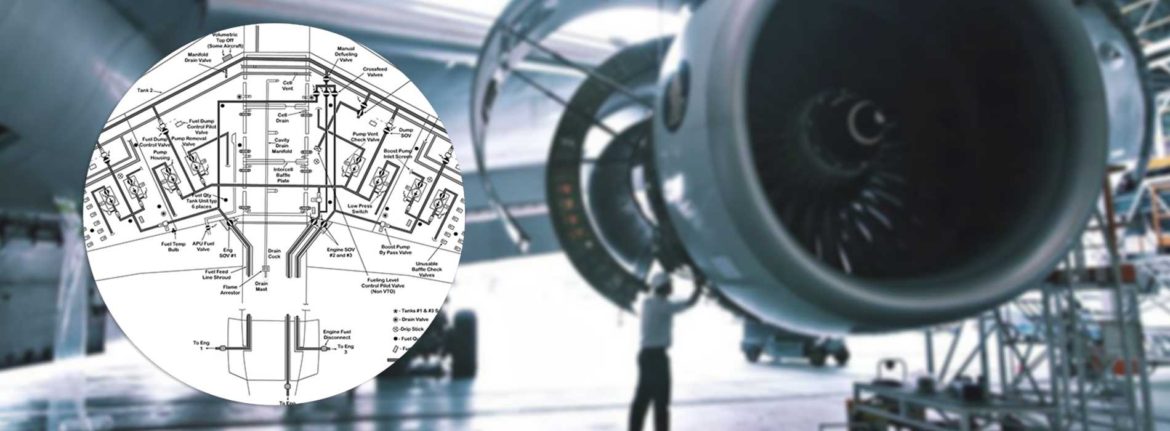

Using international writing standards such as ASD-STE100 (Simplified Technical English), we help you ensure compliance where necessary while improving the consistency of your documentation and the possible re-use of previously created content. In addition, our terminology management methods ensure the correct and consistent use of your company-specific terms.
With over 30 years of relevant industry experience, our technical writing team takes pride in creating high quality content based on current international writing standards. As a result of our proven track record in addressing industry and corporate content development needs, many international companies entrust us with their documentation needs.
We are experienced in handling documentation according to specific regulatory, legal and technical requirements, including:
Shufrans’ other writing-related services include translation, DTP (page layout), publishing, typesetting and file format conversion. For more information, please refer to Technical Translations, DTP / Publishing and Document Conversion. The use of standards such as TMX, TBX, Unicode, CGM, XML and SGML ensures compatibility and an easy exchange of data.
Shufrans works with customers from the aerospace, defense, automotive, machinery and electronics industries. We have led development programs for customers worldwide, including BAE Systems, Boeing, EADS, Eurocopter, Embraer, GMF Aero-Asia, Rolls-Royce and Fuji Heavy Industries.